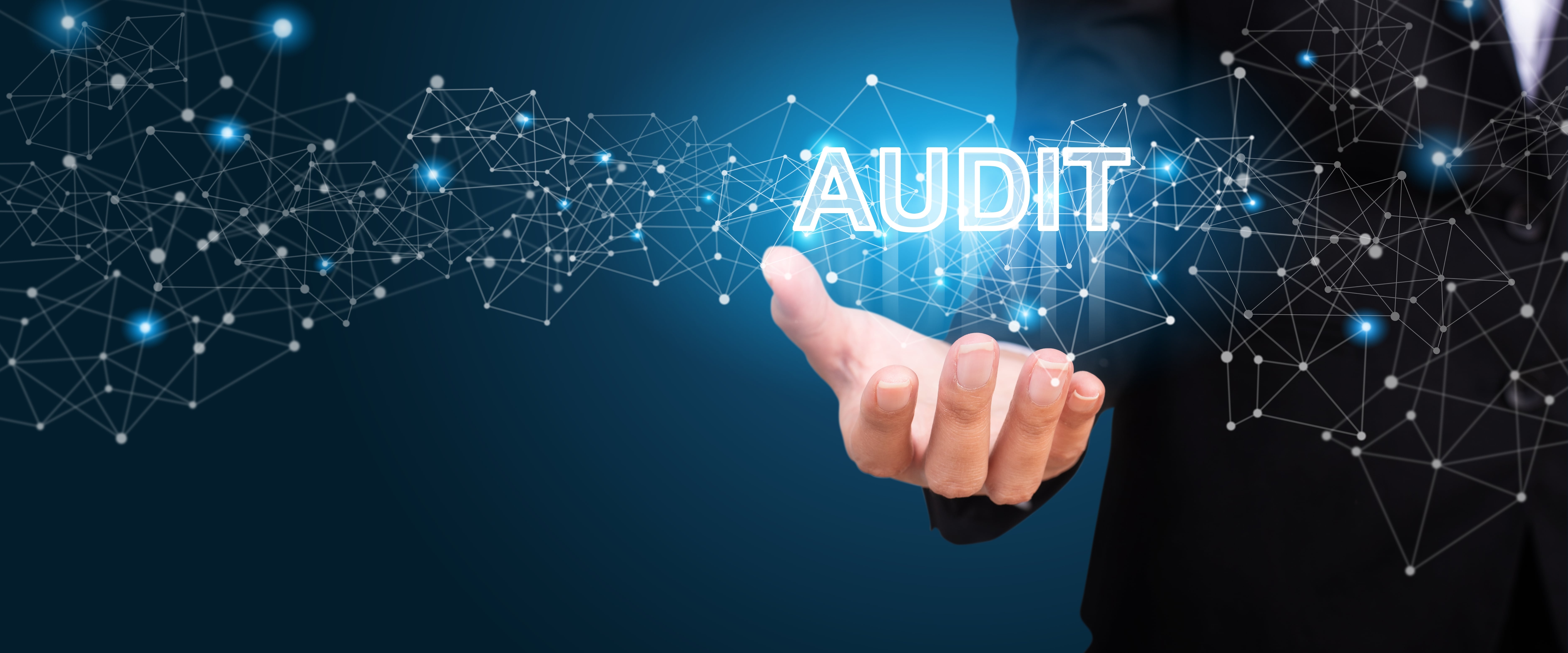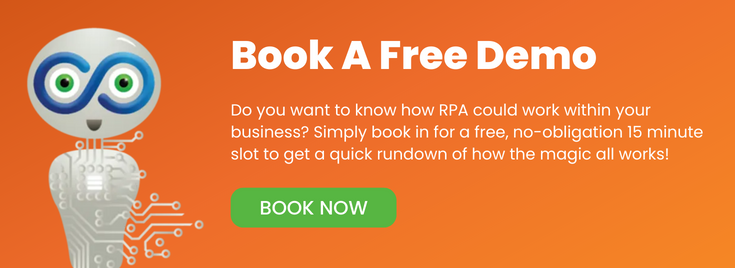
Manual Audit VS Continual RPA Audit
Robotic Process Automation (RPA) is being increasingly used in the internal audit process, to simplify and optimise the repetitive and time-consuming tasks that are involved. Through automation, businesses experience important improvements in quality, efficiency, and speed, as well as enhanced accuracy.
In this article we’ll explain the basics of continual RPA audits and outline some of the ways in which your business stands to benefit.
What Is Continual RPA?
RPA is a business automation technology that uses AI and Machine Learning (ML)- enabled software programs, known as ‘bots’, to learn and carry out a variety of rules-based tasks that, if undertaken by a human auditor, would consume a large amount of time.
RPA bots can complete a variety of audit tasks, including:
- Preparing audit data
- Organising files
- Integrating data from multiple files
- Copying data between applications and systems
- Reconciling data from different sources
RPA interacts with different applications in the same way that a human would to input data, but can do so more quickly and accurately and, unlike a person, never tires. Without the need for rest breaks or downtime, RPA software can continually audit data to provide a constant flow of information rather than an occasional snapshot of a moment in time.
The Advantages Of Continual RPA Audit Over Manual Audit
Using RPA audit technology offers valuable time and cost savings by improving productivity, efficiency, and accuracy. According to PricewaterhouseCoopers, 45 per cent of audit work could be automated, which would save global businesses approximately £2tn. RPA can also improve a human auditor’s ability to carry out her or his work: released from the time-consuming and repetitive tasks that are part of their role, internal auditors can concentrate on the more challenging aspects of the work and respond more quickly to irregularities that are flagged by RPA.
So, what elements of a continual RPA audit make it a better choice than manual auditing?
- A detailed audit trail: every bot output is part of a detailed trail so its progress can be tracked, adding credibility to the process.
- Immediate error logging: errors are tracked and reported by the output logs which can be rectified manually or through a follow-up process.
- Deeper insights: output trends can be used to identify and fix system problems, master data issues, and input errors.
- An evolving process: RPA can help the process evolve over time with improvements based on the audit health checks.
Transform Your Audits With Continual RPA
To find out more about our RPA solutions, please arrange your free, no-obligation consultation with one of our expert team.
Image source: Canva
